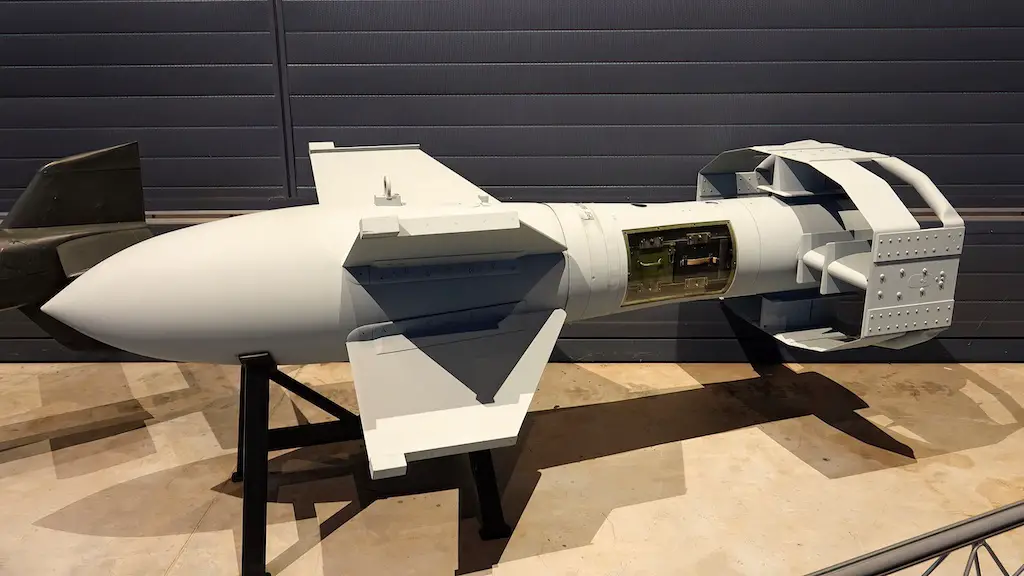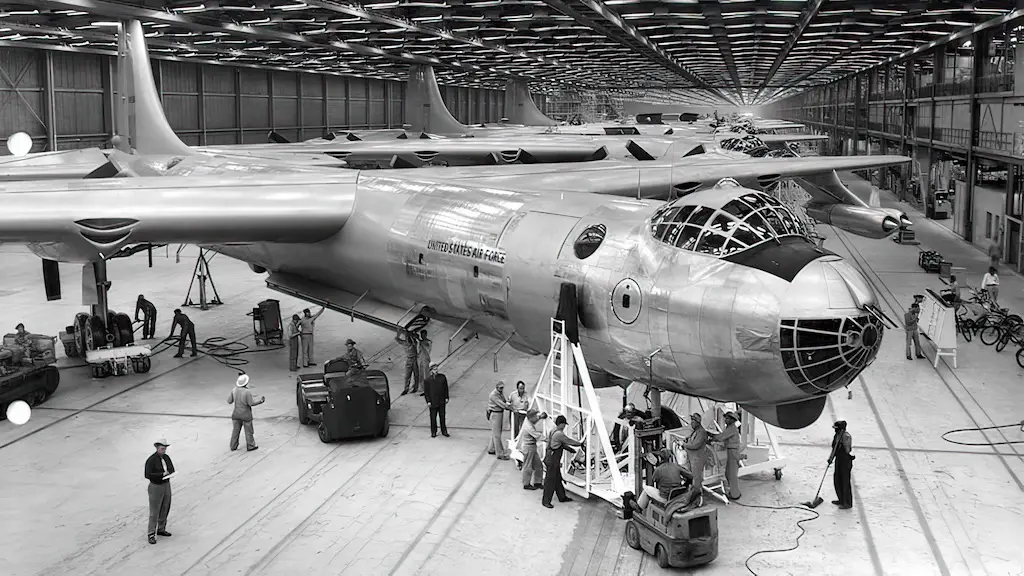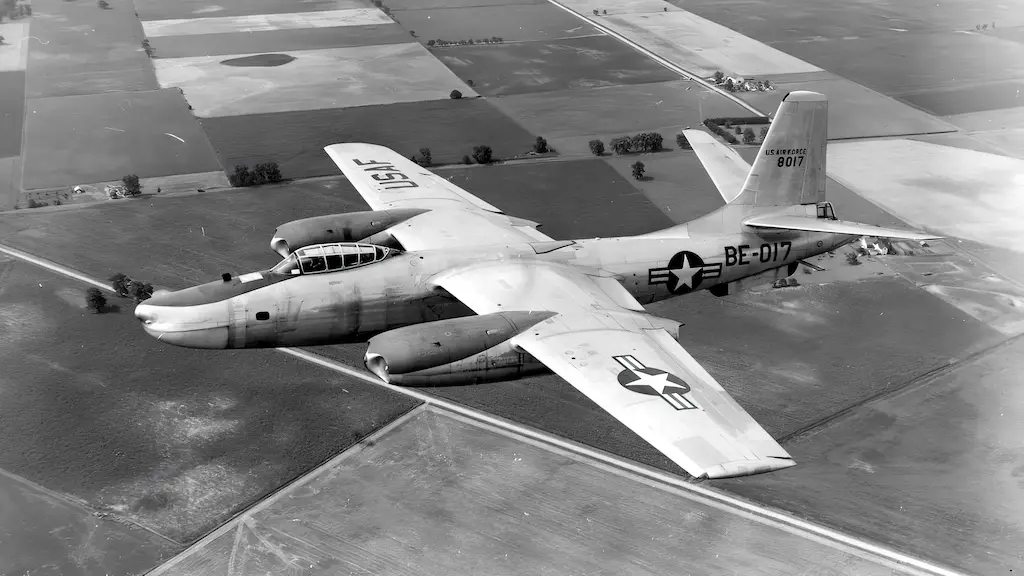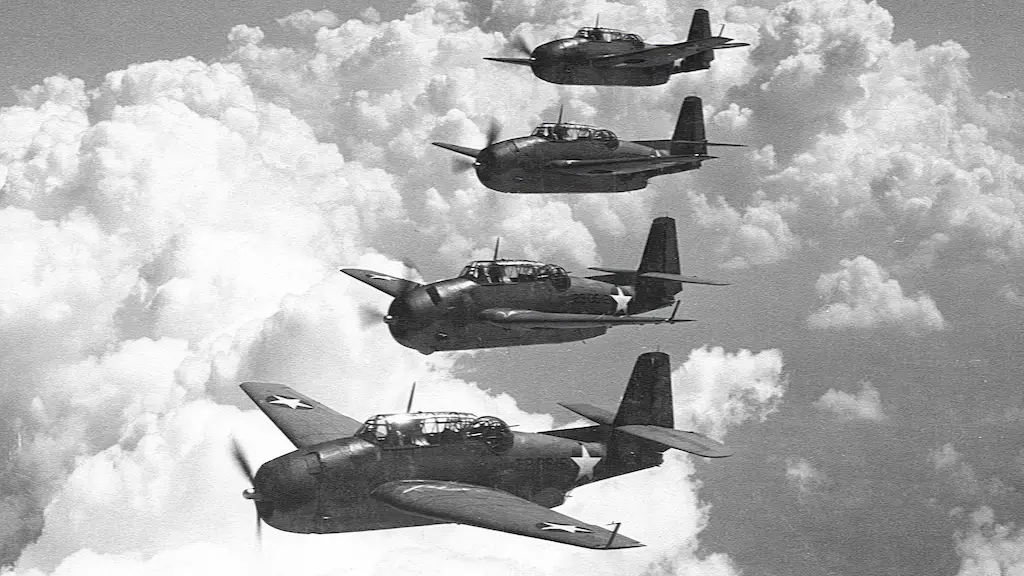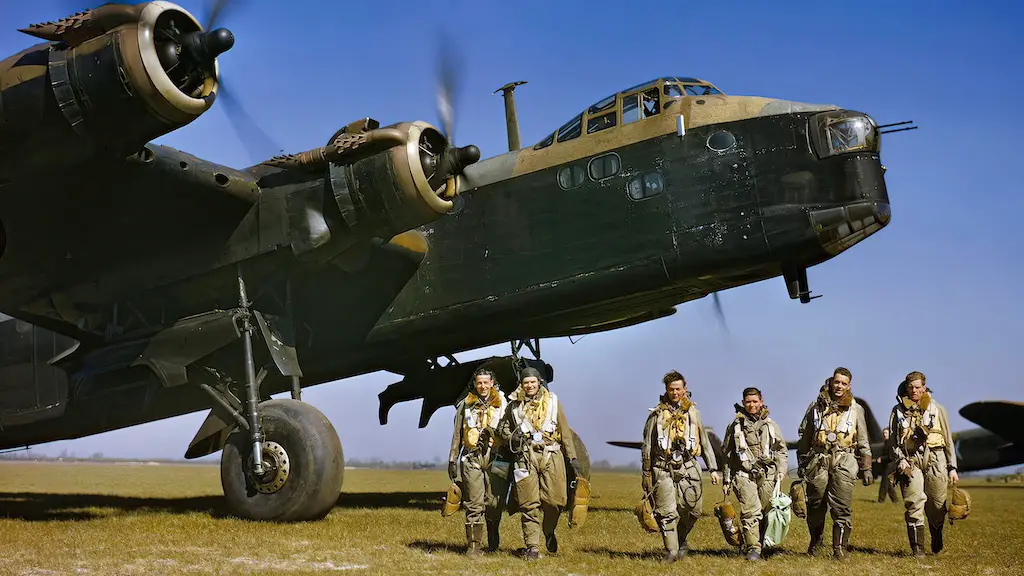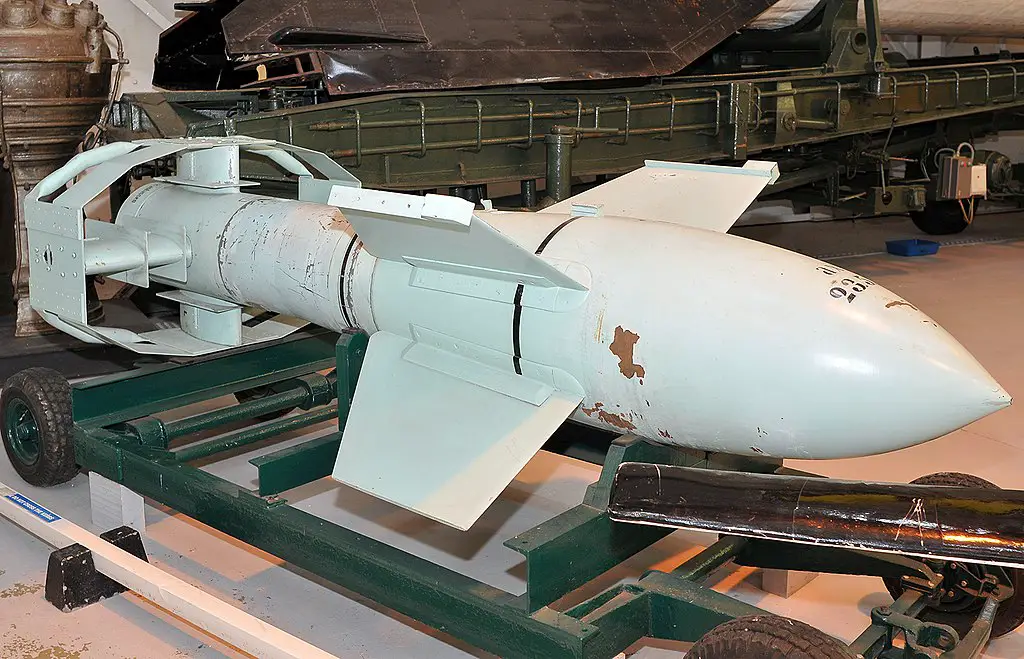With eyes squinted just right, one might mistake the Fritz X for a cutting-edge weapon straight from a 21st-century armory. Its sleek design and sophisticated appearance are deceivingly ahead of its time. But a closer inspection reveals the age-old design and the startling testament it bears to the ingenuity, engineering, and innovation of World War II.
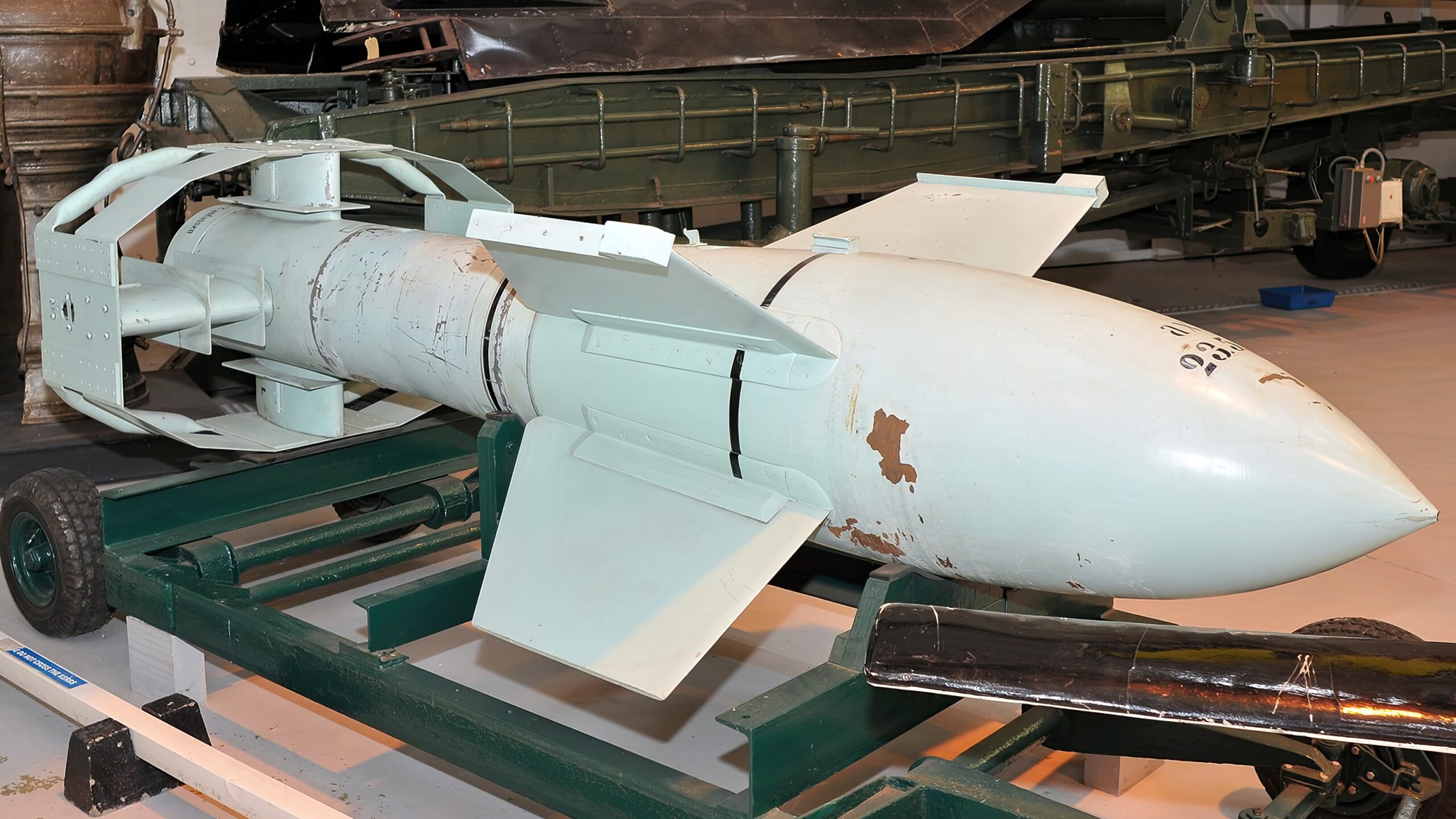
A Revolutionary Design
The Fritz X was born during a time of rapid technological advancement in Germany. In the early years of World War II, the country’s scientists were exploring new and innovative ways to gain an edge on the battlefield.
In an era where the notion of a guided bomb seemed like a futuristic fantasy, Germany embarked on a journey in 1939 that would culminate in the creation of the Fritz X. It wasn’t just the design of this weapon that set it apart, but the unprecedented fusion of technologies that brought it to life. This amalgamation of innovation symbolized a daring leap in warfare, opening doors to possibilities that were previously confined to the realms of imagination. Precision engineering, aerodynamics, and then-novel concepts were combined to create a weapon that seemed far ahead of its time.
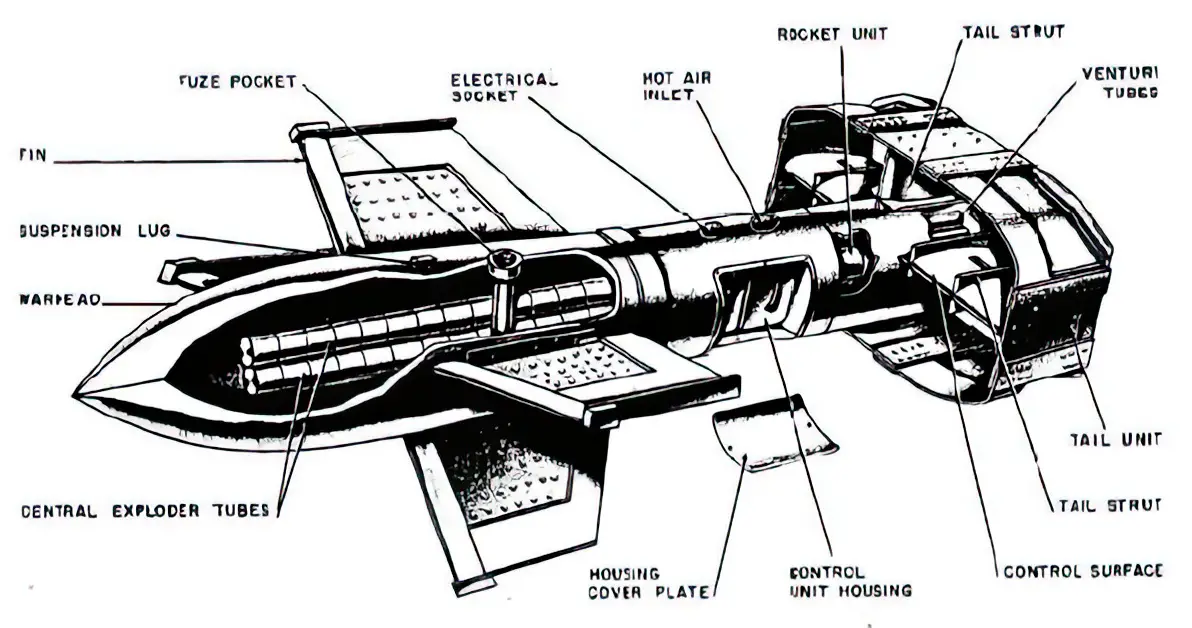
In Control
Guidance systems in today’s weaponry are taken for granted, but in the 1940s, the Fritz X’s guidance technology was groundbreaking. The bomb was guided by a radio control system, with an operator on an aircraft using a joystick to steer it towards its target.
This manual control required immense skill and concentration, as the operator had to keep the target in sight while guiding the bomb. The innovative combination of human control and technological support made Fritz X one of the first successful guided munitions in history.
The bomb was controlled directly from the aircraft that deployed it. A bombardier within the plane would deftly manipulate a joystick, guiding the bomb’s trajectory and adjusting its fins as required. This level of control allowed for dynamic targeting, permitting the bombardier to steer the bomb even if the target was in motion or the aircraft itself was engaged in maneuvers.
The innovative Kehl-Strasbourg radio control link served as the technological backbone for the system, sending signals to the movable spoilers located within the bomb’s thick vertical and horizontal tail fin surfaces, all housed within the annular tail fin structure. This same control system was also utilized for the Henschel Hs 293 anti-ship ordnance, an unarmored, rocket-boosted weapon, first deployed on 25 August 1943.
Battles and Beyond
Deployed in various naval engagements during the war, Fritz X was used against Allied ships with varying degrees of success. Its most famous mission was the sinking of the Italian battleship Roma in September 1943.
However, despite its technological innovation, the Fritz X saw limited usage. It required specific conditions, highly trained operators, and the correct alignment of various factors to be effectively utilized in combat. These restrictions limited its impact on the war, though its innovation cannot be overlooked.
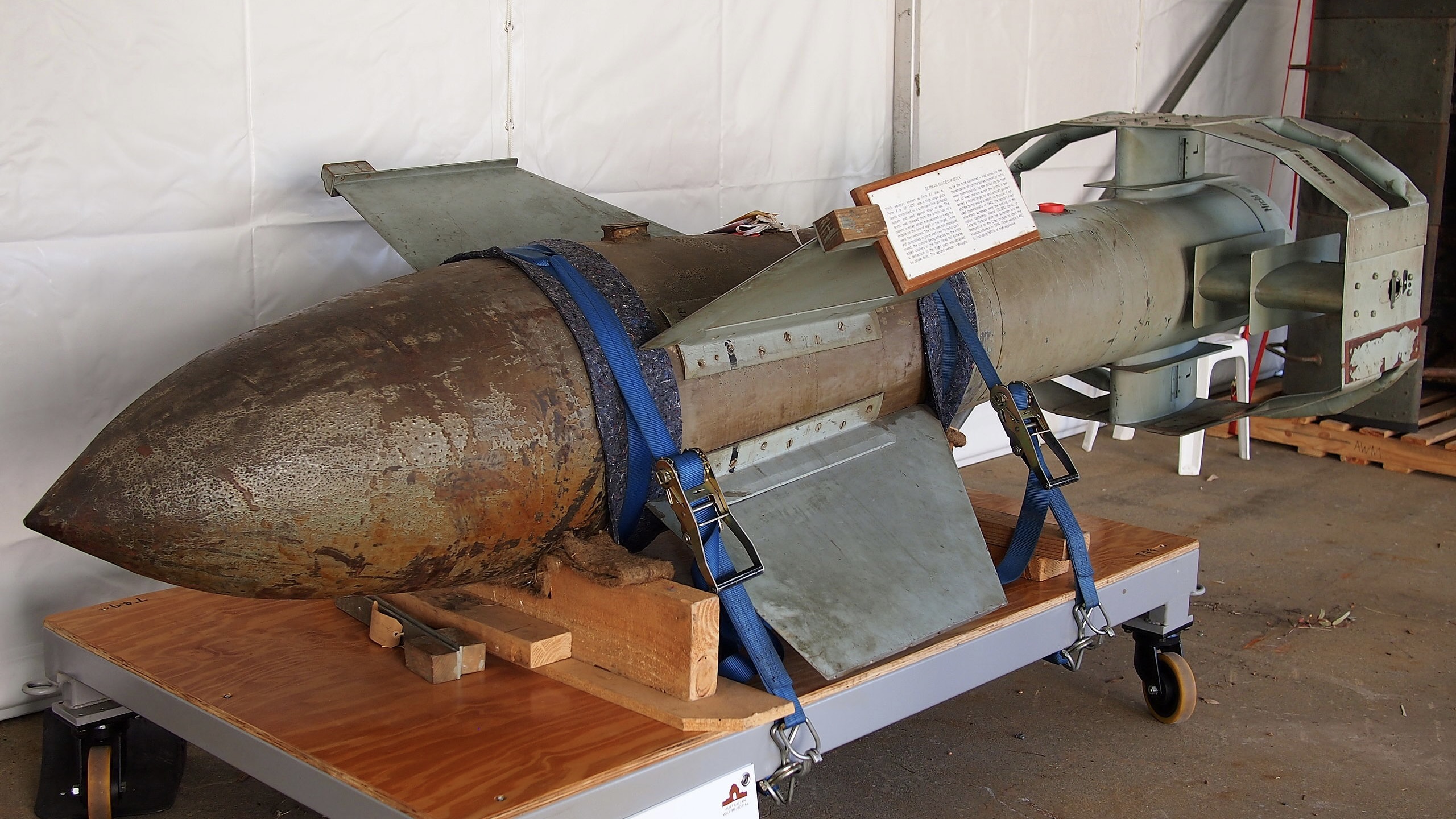
Too Little, Too Late
Though revolutionary, Fritz X’s shortcomings were evident. Its dependency on clear weather, the vulnerability of the guiding aircraft, and the extensive training required for its operators were all factors that contributed to its limited success.
More critically, by the time Fritz X was deployed, Germany was already losing the war. The resources and time needed to deploy the weapon at a larger scale simply were not available. Despite its promise, Fritz X became a symbol of technological advancement that came too late to make a significant difference.
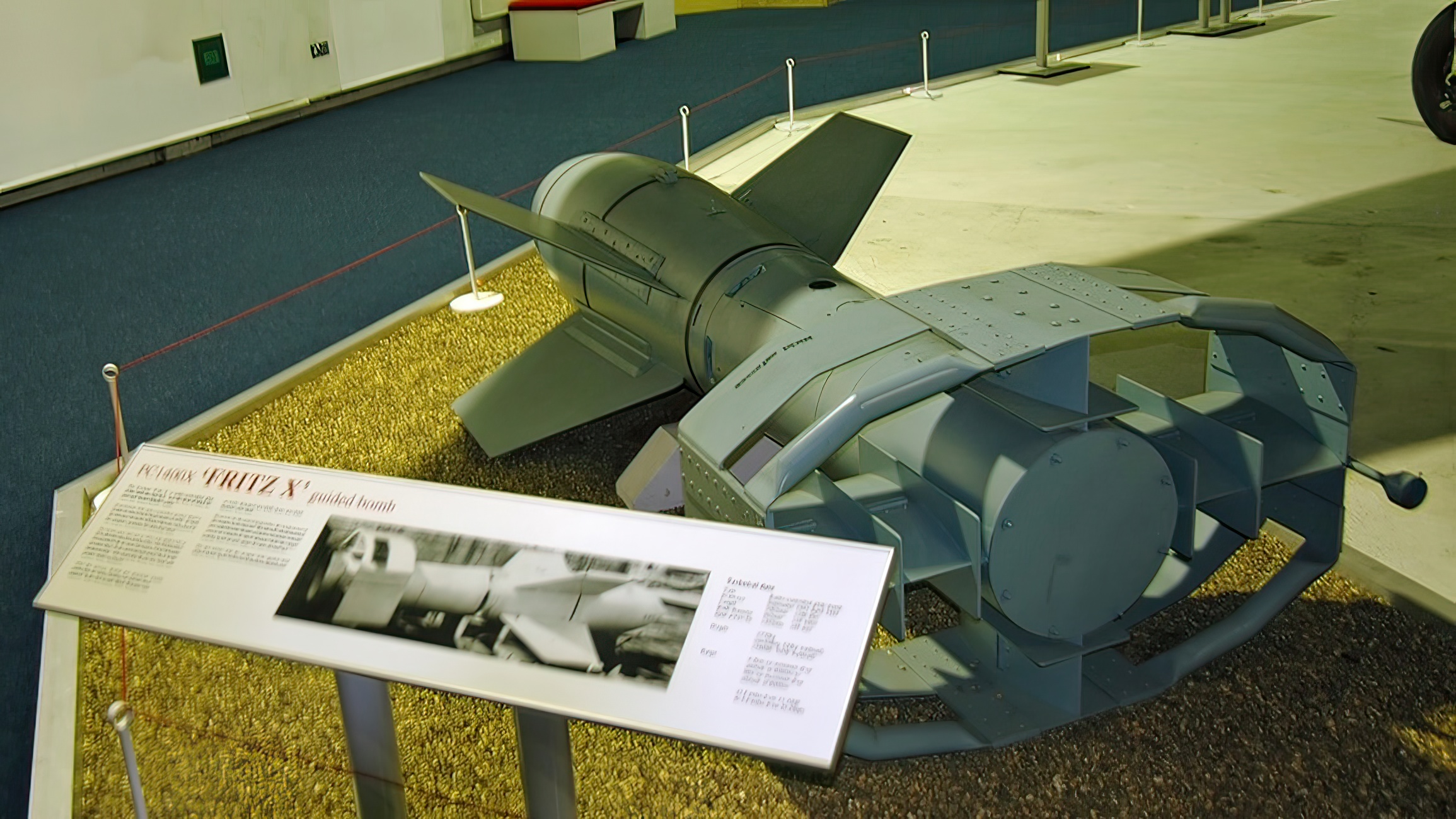
Fritz X and Henschel Hs 293
The Fritz X and the Henschel Hs 293, both developed by Germany during World War II, were notable steps in guided munitions technology. Fritz X was an unpowered, gravity bomb that relied on aerodynamics and its revolutionary guidance system for precise targeting. In contrast, the Hs 293 was a winged air-to-surface missile powered by a liquid-fuel rocket engine. Both were designed primarily for anti-ship warfare but differed in their guidance systems: Fritz X utilized a manual, joystick-controlled system, while Hs 293’s guidance was more automated with the Kehl-Strasbourg system.
In terms of operational use, Fritz X’s complex manual control made its deployment more restricted, symbolizing technological prowess but limiting its overall success. The Hs 293, on the other hand, with its more adaptable design, found broader usage and was employed in various successful attacks against Allied shipping.
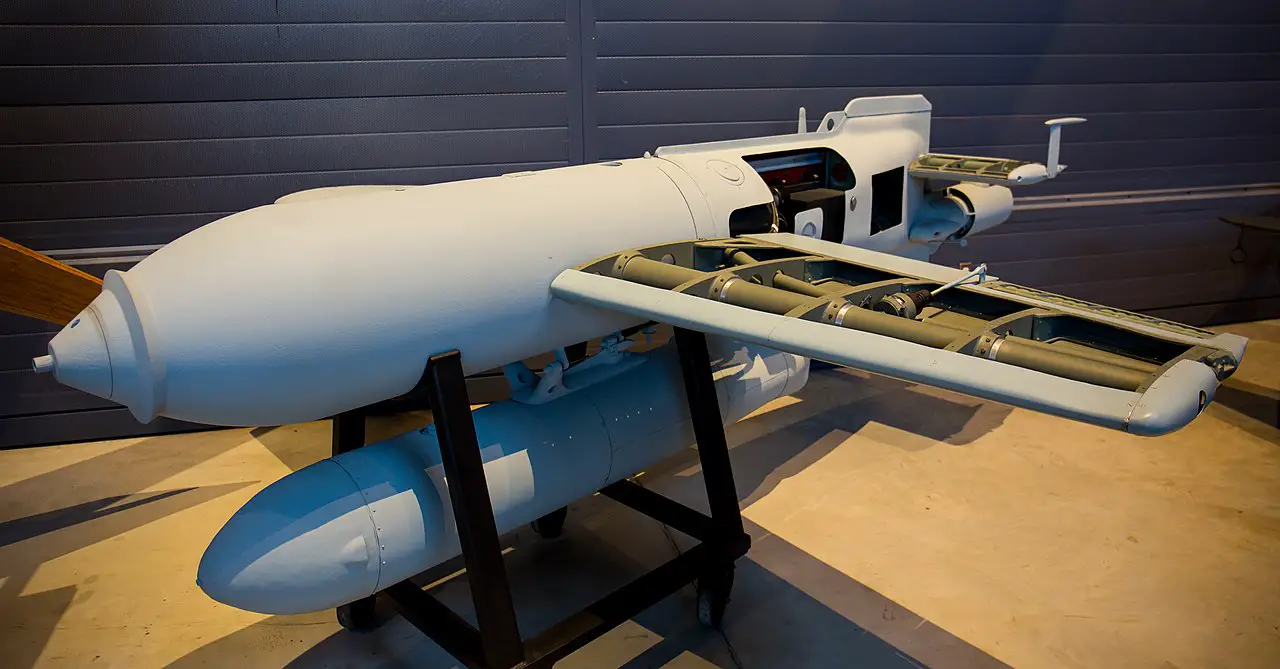
German Innovation vs. Allied Development
During World War II, it was not uncommon for the Allies to exploit captured German weapons, even outright copying some, such as German electric torpedoes. However, the Fritz X and Henschel Hs 293 represented a different scenario. While these weapons were marvels of German engineering, the Allies did not feel the need to copy or utilize these designs.
The primary reason was that the Allies had their own guided weapons programs well under way. These programs were developed independently and were tailored to meet specific tactical and strategic needs. The expertise and resources committed to these projects were substantial, resulting in the creation of weapons that were distinct from their German counterparts.

